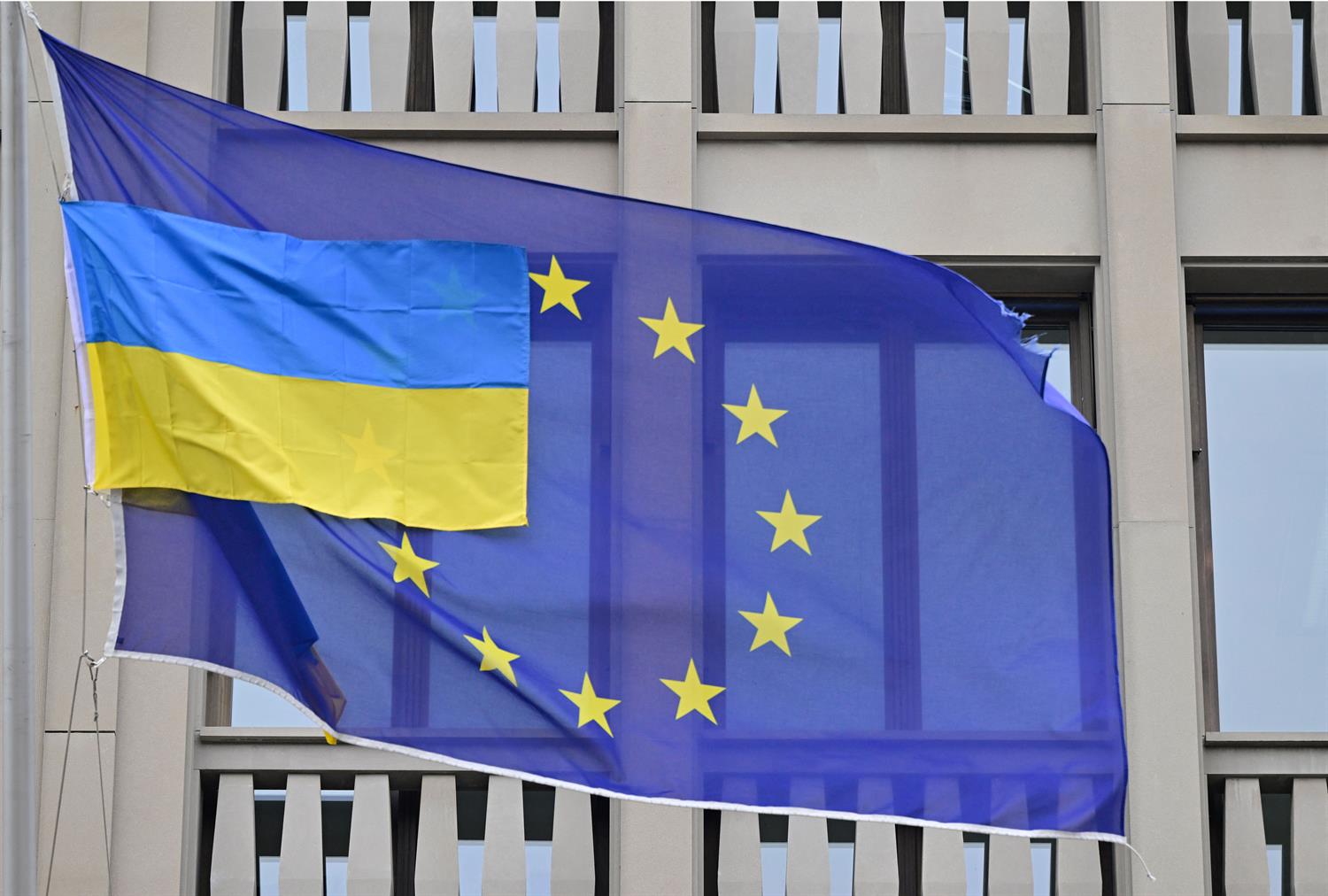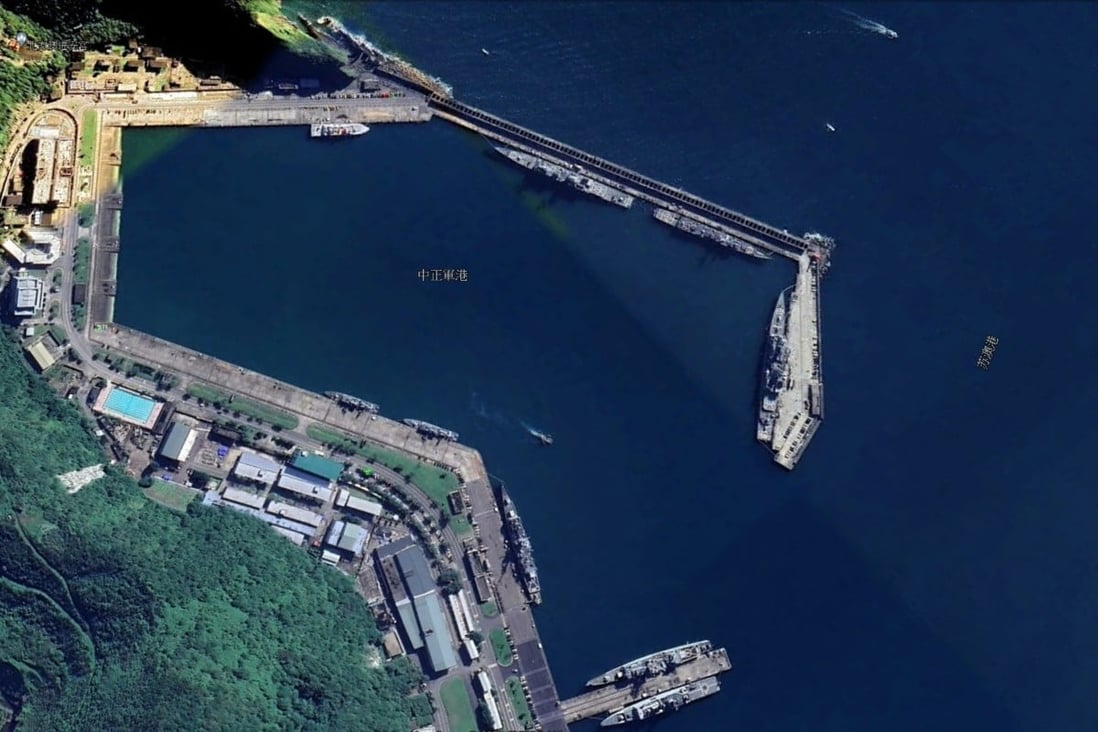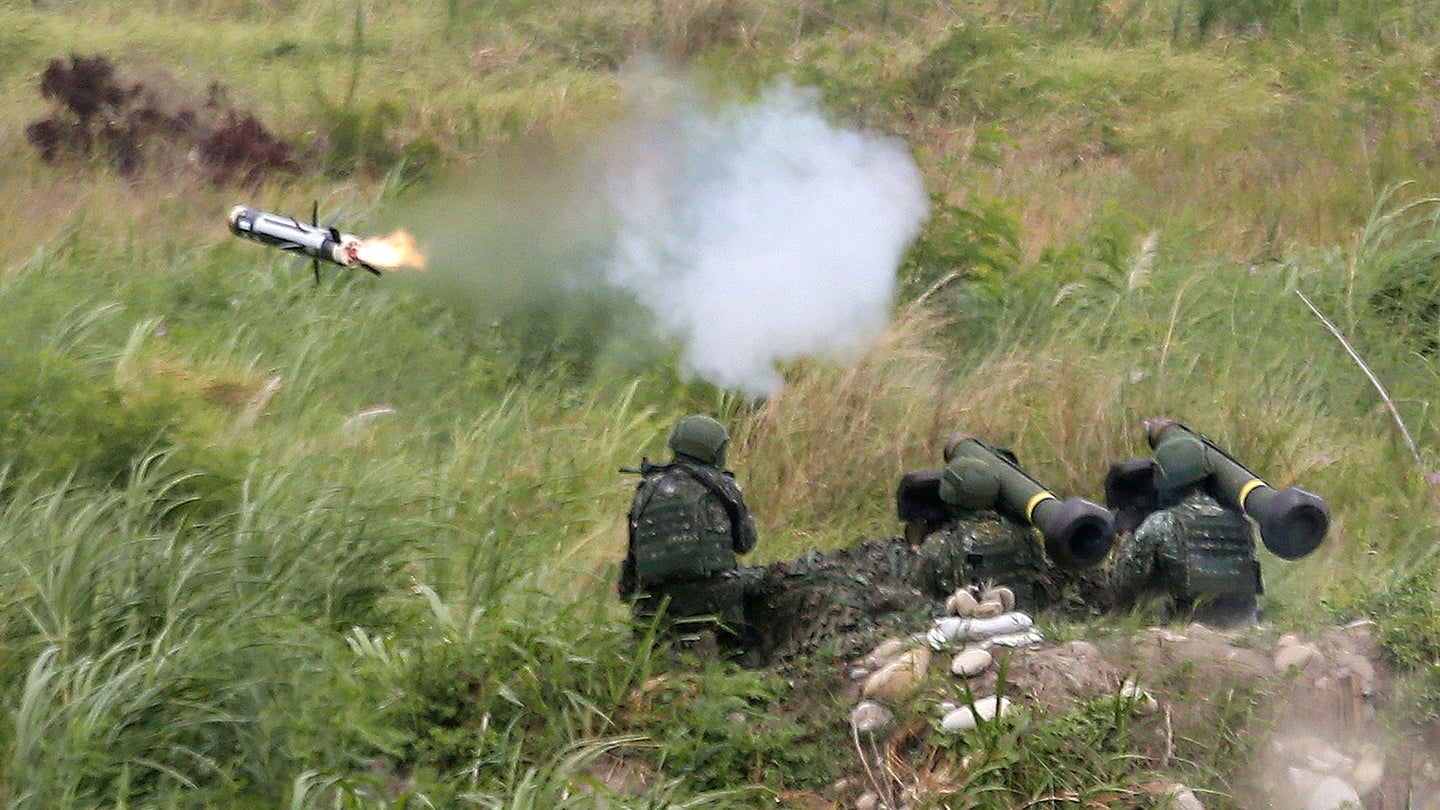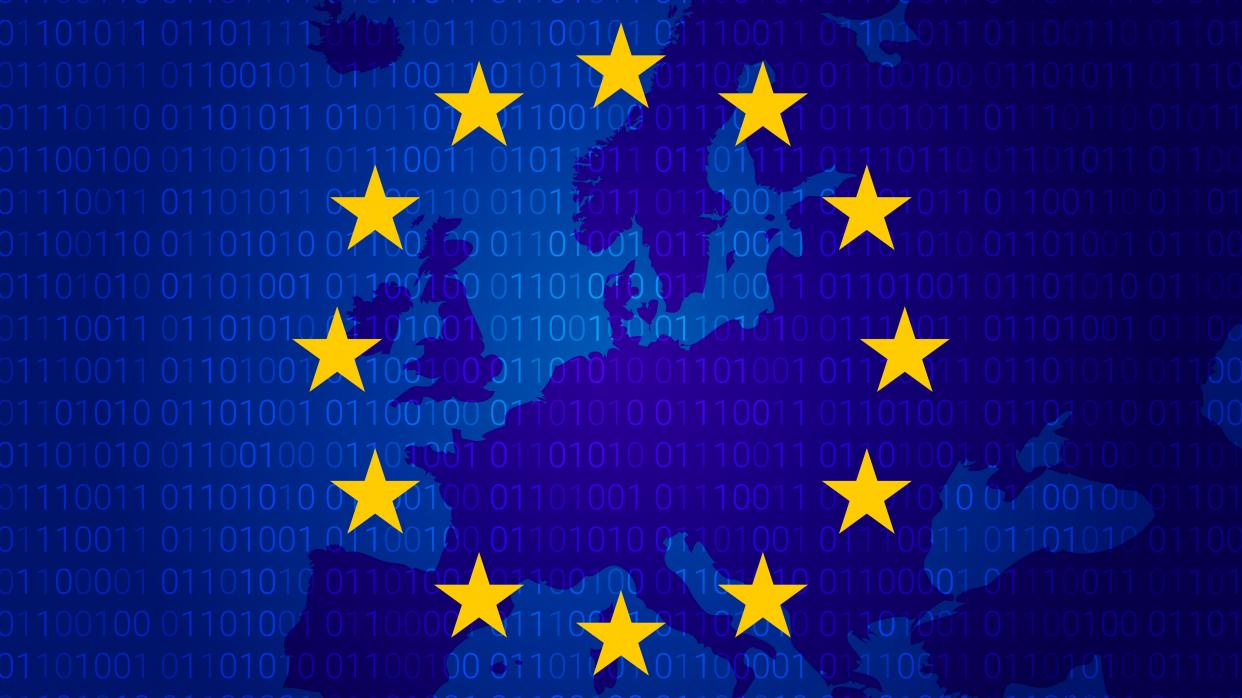Robert F. Trager and Laura M. Luca
Swarms of robots with the ability to kill humans are no longer only the stuff of science fiction. Lethal autonomous weapons systems (LAWS) are here. In Ukraine, Moscow has allegedly deployed an artificial intelligence (AI)-enabled Kalashnikov ZALA Aero KUB-BLA loitering munition, while Kyiv has used Turkish-made Bayraktar TB2 drones, which have some autonomous capabilities. Although it’s always hard to determine whether a weapon’s autonomous mode is used, these technologies have reportedly been employed in at least one conflict: Last year, a United Nations report suggested Turkey used autonomous firing by its Kargu-2 drones to hunt fleeing soldiers in Libya’s civil war (though the CEO of the Turkish company that produced the drone denies it is capable of this).









